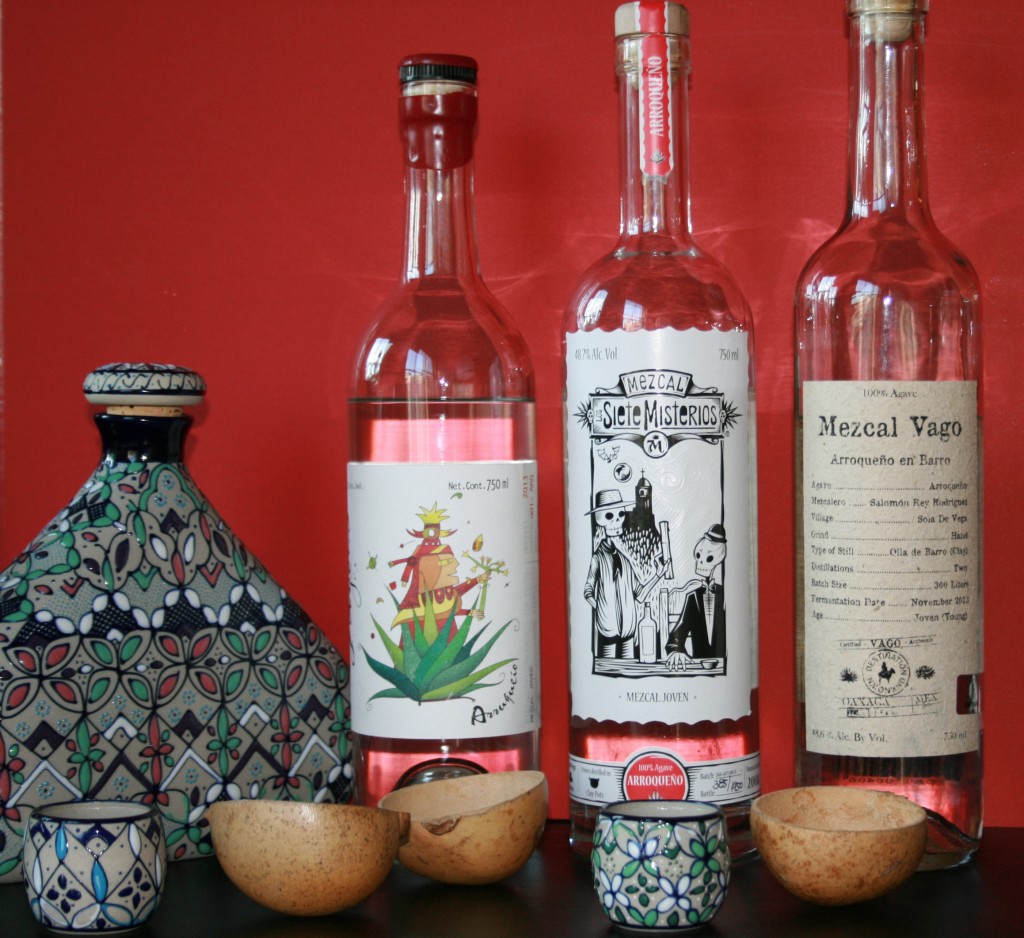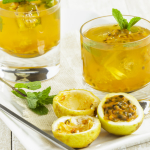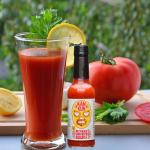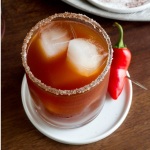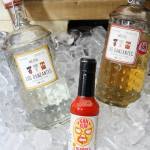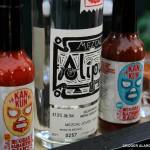Unlike tequila, Mezcal can use any of 8 approved varieties of the agave plant and it has a noticeably smoky flavour.
This is also where the “worm” of legend comes into the story. While the reason is obscure, one version says that the worm was placed in the bottles to prove that the alcohol is high enough to preserve a worm intact. The worm itself is the larva of 1 of 2 moths that live on the agave plant and, as many frat boys have proven, are safe to consume. Top-quality Mezcals do not have a worm.
My dad once told me that Mezcal, was once disdained as poor man’s firewater, but it is now enjoying unprecedented success at home and abroad: consumption in bars has more than doubled in the past four years and exports have tripled in the same period.
The maguey grows in many parts of Mexico, though most Mezcal is made in Oaxaca. There is a saying attributed to Oaxaca regarding the drink: “para todo mal, Mezcal, y para todo bien también” (“for everything bad, Mezcal; for everything good, the same”).
There are two types of Mezcal, those made of 100% maguey and those mixed with other ingredients, with at least 80% maguey. Both types have four categories. White Mezcal is clear and hardly aged. Dorado (golden) is not aged but a coloring agent is added. This is more often done with a mixed Mezcal. Reposado or añejado (aged) is placed in wood barrels from two to nine months. This can be done with 100% agave or mixed Mezcals. Añejo is aged in barrels for a minimum of twelve months. The best of this type are generally aged from eighteen months to three years. If the añejo is of 100% agave, it is usually aged for about four years.
In Mexico, Mezcal is generally drunk straight, not mixed in cocktails, but is often accompanied with sliced oranges sprinkled with salt or ground chilli.
I have to admit that I am a TEQUILA lover, however my relation with MEZCAL is growing specially that I we are getting more and more MEZCALES available in the UK. And you what is your favourite AGAVE Spirit?
